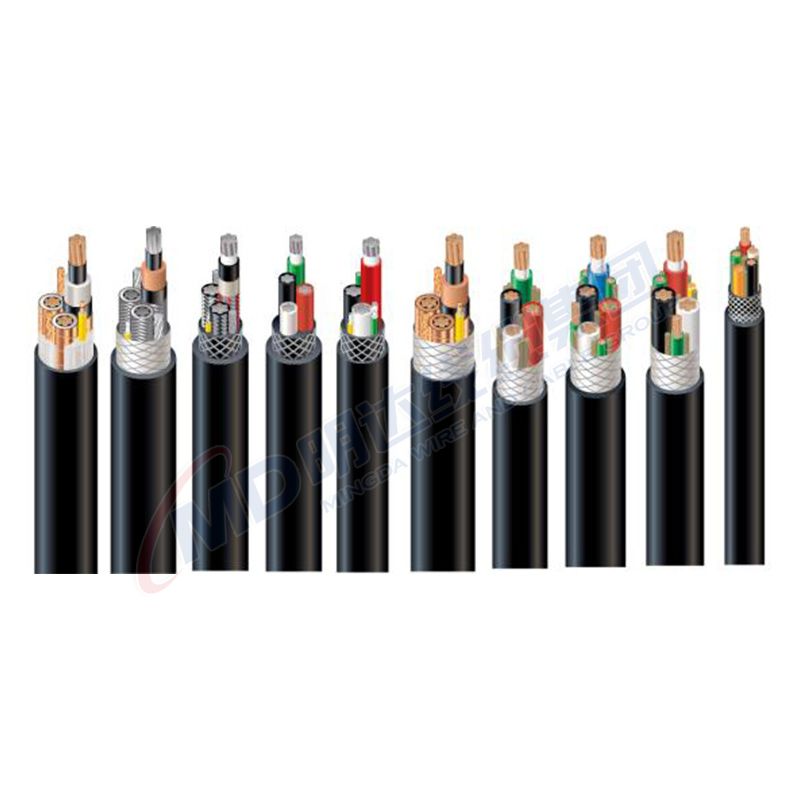Dec . 05, 2024 03:50 Back to list
Automated Control of Ball Valves for Efficient Fluid Management System
Understanding Actuated Ball Valves Features and Applications
Actuated ball valves are crucial components in various industrial systems, designed to control the flow of fluids efficiently. By integrating an actuator with a ball valve, these devices offer enhanced automation and operational capability, making them essential in numerous applications across different sectors, including oil and gas, water treatment, chemical processing, and HVAC systems. In this article, we will explore the design, functionality, advantages, and various applications of actuated ball valves.
Design and Functionality
A ball valve consists of a spherical disc – the ball – with a hole (or port) through the center. When the ball is rotated, the port aligns with the flow direction to allow fluid passage, while perpendicular alignment stops flow. The integration of an actuator allows for remote or automated control over this operation. Actuators can be electric, pneumatic, or hydraulic, providing the necessary force to move the valve from open to closed positions.
Electric actuators convert electrical energy into mechanical motion, using motors to turn the valve. Pneumatic actuators utilize compressed air to move the valve, while hydraulic actuators employ fluid pressure. The choice of actuator typically depends on the specific application requirements, including response time, operating environment, and the nature of the fluid being controlled.
Advantages of Actuated Ball Valves
1. Automation One of the primary benefits of actuated ball valves is their ability to be automated, allowing for precise control without the need for manual operation. This automation enhances efficiency and minimizes the risk of human error.
2. Speed and Efficiency Actuated ball valves can open or close rapidly, often within seconds. This quick action is crucial in processes where rapid changes in flow are necessary, such as in emergency shut-off situations.
3. Consistency and Repeatability Automated systems provide consistent operation, which is vital for maintaining process stability and ensuring safety. Actuated valves perform reliably over time, minimizing variability in operation.
4. Remote Control With actuators, ball valves can be remotely controlled, enabling operators to manage systems from a distance. This feature is particularly beneficial in hazardous environments where human presence is undesirable.
5. Space-Saving Design Actuated ball valves are compact and can be designed to fit into tight spaces. This is advantageous in installations where space is limited.
actuated ball valve

6. Versatility They can handle a range of fluids, including gases, liquids, and slurries, and are available in various sizes and materials to suit different applications. Their design allows for high flow rates and low pressure drops, making them suitable for demanding applications.
Applications of Actuated Ball Valves
Actuated ball valves are used in a wide array of industries due to their versatility and effectiveness
- Oil and Gas In this sector, actuated ball valves are employed for flow control in pipelines and wellhead operations. Their ability to perform under high pressure and temperature conditions makes them suitable for such robust applications.
- Water Treatment They are used in water distribution systems to regulate water flow and maintain pressure in treatment plants, ensuring safe and efficient water management.
- Chemical Processing In industries dealing with corrosive substances, actuated ball valves made from suitable materials provide reliable operation crucial for safe chemical handling.
- HVAC Systems Actuated ball valves control the flow of air and water in heating, ventilation, and air conditioning systems, playing a critical role in maintaining environmental comfort.
- Food and Beverage In this industry, cleanliness is paramount. Actuated ball valves can be designed to meet sanitary standards, allowing for the safe transport of consumable liquids.
Conclusion
Actuated ball valves represent a significant advancement in valve technology, offering remarkable benefits across various industries. Their capability for automation, combined with speed and reliability, makes them a preferred choice for applications requiring precise flow control. As technology continues to evolve, the role of actuated ball valves in industrial processes will likely grow, further enhancing efficiency and reliability in fluid management. Their diverse applications and advantages affirm their importance in modern industrial operations.
Share
-
Reliable Wafer Type Butterfly Valves for Every IndustryNewsJul.25,2025
-
Reliable Flow Control Begins with the Right Ball Check ValveNewsJul.25,2025
-
Precision Flow Control Starts with Quality ValvesNewsJul.25,2025
-
Industrial Flow Control ReliabilityNewsJul.25,2025
-
Engineered for Efficiency Gate Valves That Power Industrial PerformanceNewsJul.25,2025
-
Empowering Infrastructure Through Quality ManufacturingNewsJul.25,2025